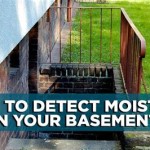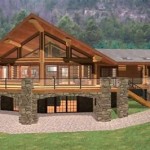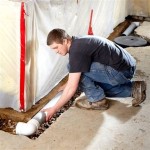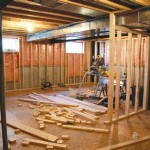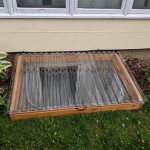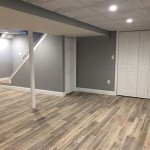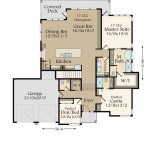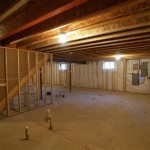Fiberglass Insulation: Essential Aspects for Basement Walls
If you're seeking a cost-effective and efficient way to insulate your basement walls, fiberglass insulation stands out as an excellent choice. Offering thermal protection, sound absorption, and moisture resistance, fiberglass insulation can transform your basement into a more comfortable and energy-efficient space.
Types of Fiberglass Insulation
Fiberglass insulation is available in two primary forms: batts and rolls. Batts are pre-cut pieces designed to fit between wall studs, while rolls are continuous lengths of insulation that can be cut to the desired size. Both options provide similar insulating properties, so the choice depends on the specific application and ease of installation.
Thermal Resistance and R-Value
When selecting fiberglass insulation, the R-value is a crucial factor to consider. R-value represents the insulation's resistance to heat flow, with higher values indicating better insulating performance. For basement walls, an R-value of R-15 or higher is typically recommended to ensure sufficient thermal protection.
Moisture Resistance
Basement walls are prone to moisture penetration, which can compromise insulation effectiveness. Fiberglass insulation is treated to resist moisture absorption, preventing it from losing its insulating properties in damp environments. However, it's important to note that fiberglass insulation does not waterproof your basement; additional moisture control measures may be necessary.
Sound Absorption
In addition to thermal insulation, fiberglass insulation also absorbs sound. This makes it an excellent choice for reducing noise transmission between floors or dampening noise from external sources. The sound-absorbing properties of fiberglass insulation can contribute to a quieter and more comfortable basement environment.
Installation Considerations
Proper installation is vital to maximize the effectiveness of fiberglass insulation. For basement walls, insulation should be installed between the wall studs or joists, ensuring a snug fit to prevent gaps. It's essential to wear gloves and a dust mask during installation to minimize exposure to fibers. Additional sealing and air sealing may be necessary to prevent air leakage and improve insulation performance.
Cost-Effectiveness
Fiberglass insulation is a highly cost-effective choice for basement wall insulation. It offers a high R-value per dollar spent, making it an affordable way to improve the energy efficiency and comfort of your basement. The long lifespan of fiberglass insulation further enhances its value, providing a return on investment over many years.

Insulating Basement Walls With Fiberglass Batting Semigloss Design

Insulating Basement Walls With Fiberglass Batting Semigloss Design

Insulating Basement Walls With Fiberglass Batting Semigloss Design

How To Insulate Basement Walls True Value

Basement Wall Insulation Knauf

Etw Foundation R 13 Fiberglass Batt In A 2x4 Framed Wall Buildingscience Com

Basement Wall Insulation Knauf

Don T Make These Basement Insulation Mistakes The Green Cocoon

Three Ways To Insulate A Basement Wall Fine Homebuilding

Etw Foundation 2 Xps 2x4 Framing With Fiberglass Batt Buildingscience Com
Related Posts
